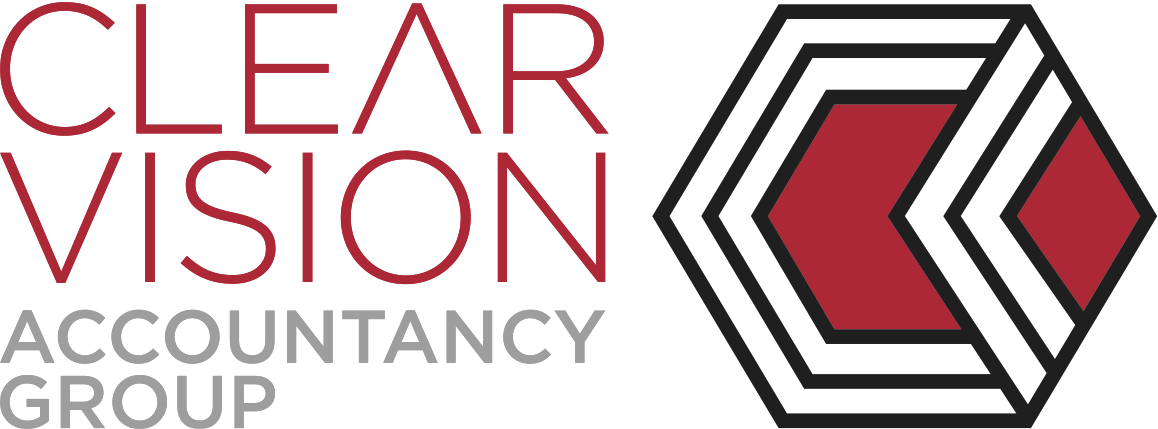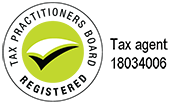End of Financial Year
Tax Questionnaires
We are starting to send out our Year End Questionnaires – and will do throughout the year according to when work has been scheduled.
The questionnaires have gone through a “make-over” and should be fast and user friendly.
The questionnaires can be sent back with your tax work using Hightail. Hightail is a secure online drop box, that allows files to be sent electronically. This is especially handy when the files are too large to email. We will provide a link to Hightail in our email or letter, all you have to do is attach your file – it couldn’t be easier. We are more than happy to help if you need some assistance.
Medical Expenses Tax Offset
The 2014-2015 tax year is the final year the tax offset for medical expenses can be claimed. To be able to claim this taxpayers have had to claim it in both 2012-2013 & 2013-2014 tax years.
For the 2015-2016 tax year taxpayers can claim this if they incur payments for:
1. relates to an aid for a person with a disability; or
2. relates to services rendered by a person as an attendant of a person with a disability; or
3. relates to care provided by an approved provider (within the meaning of the Aged Care Act 1997) of a person who:
(i) is approved as a care recipient under that Act; or
(ii) is a continuing care recipient within the meaning of that Act.
This means for most people there is no need to keep records for out of pocket medical records from 1 July 2015.
Are You Turning 50?
Contribution caps for SMSF’s have not changed this financial year except for those turning 50 in this tax year.
If you are turning 50 in this financial year your concessional cap will increase to $35,000 from 1 July 2015.
Just a quick reminder of the contribution caps:
Concessional – under 49 years $30,000
Concessional – 49 years or over $35,000
Non-concessional – standard $180,000
Non-concessional – bring forward mode $540,000
Office Gossip…
Karen has had a baby girl! Karen & Zane are now proud parents to 2 daughters…should keep them busy for the next 20 years or so!!
The post End of Financial Year appeared first on Clear Vision Accountancy Group.





